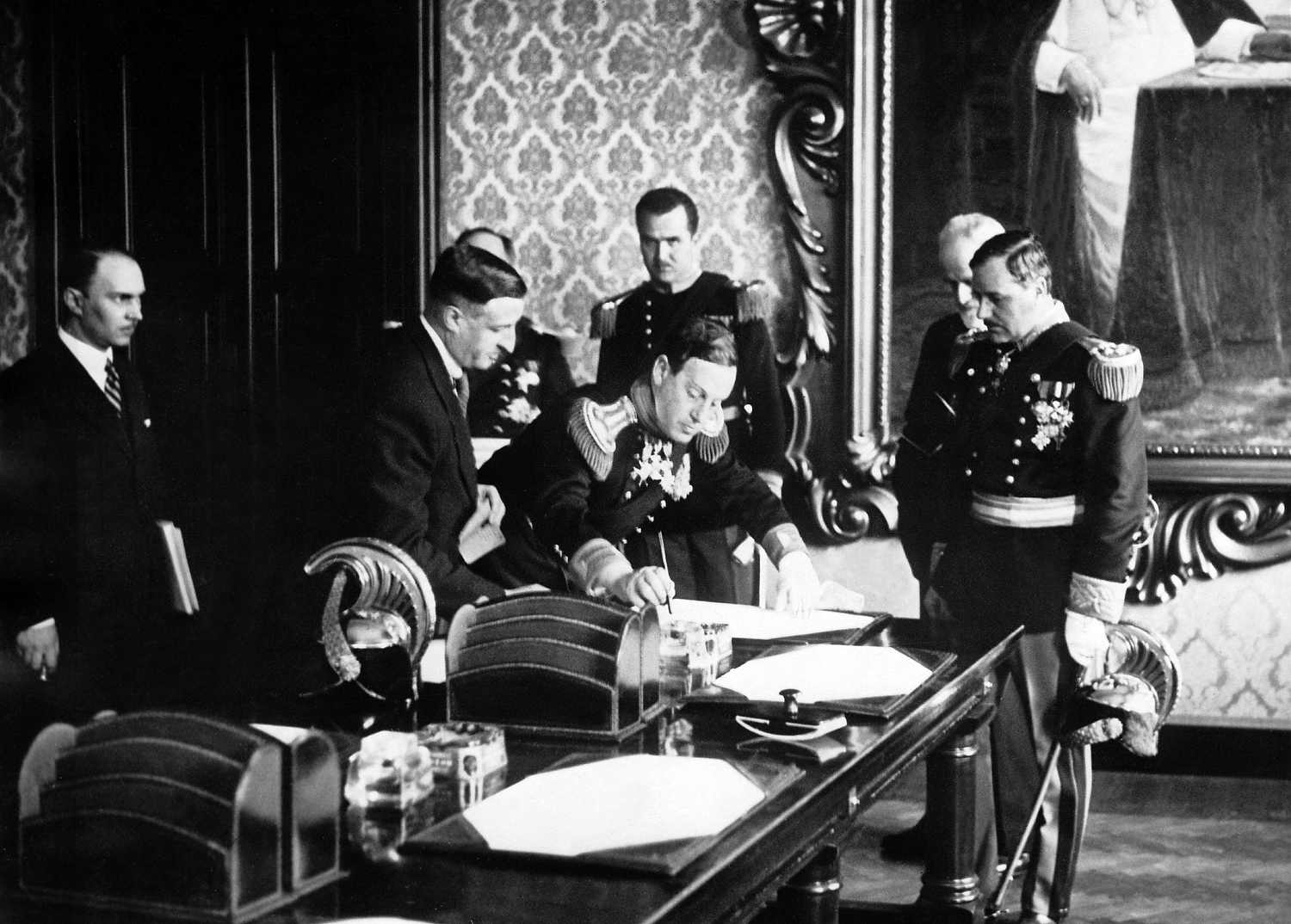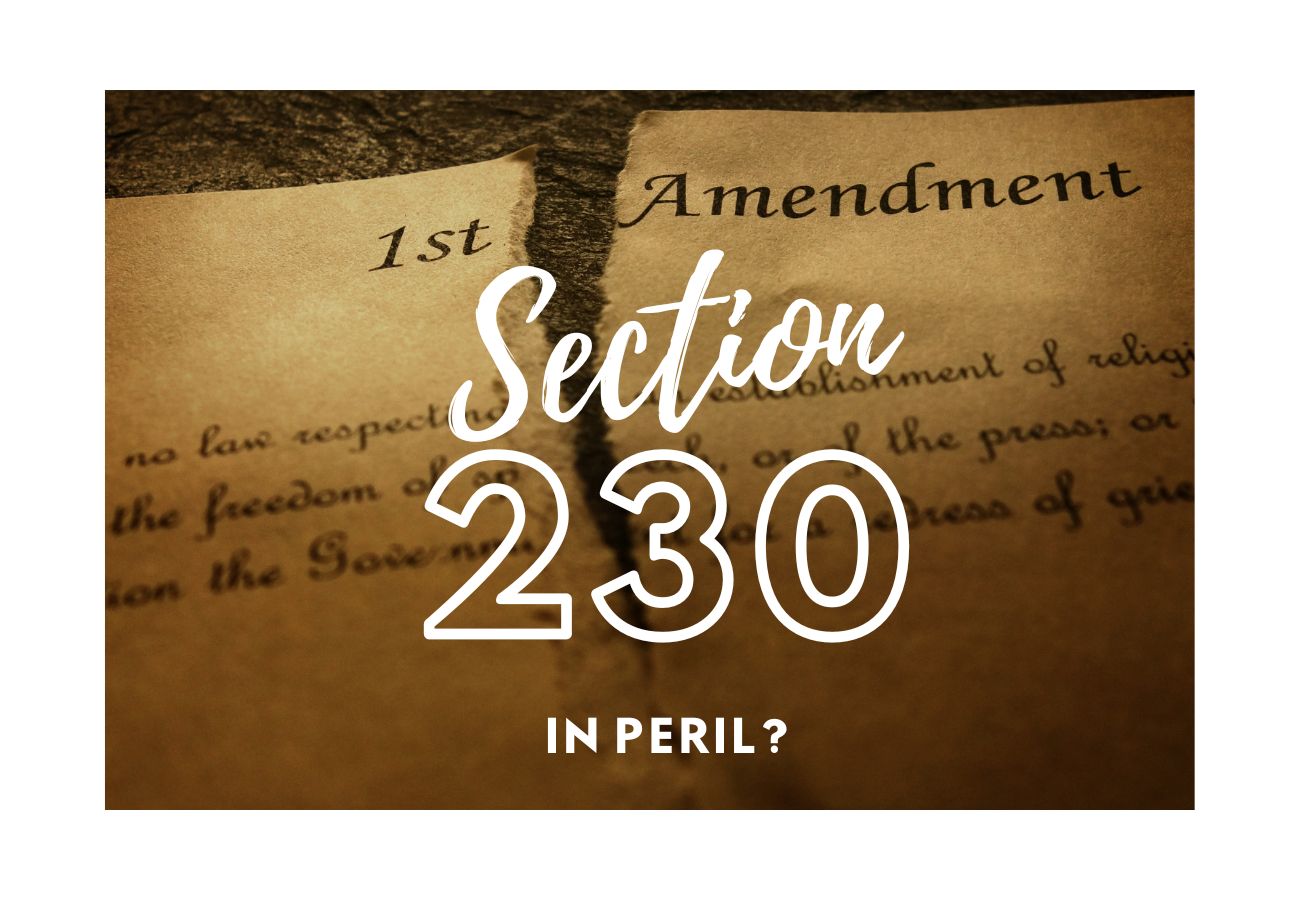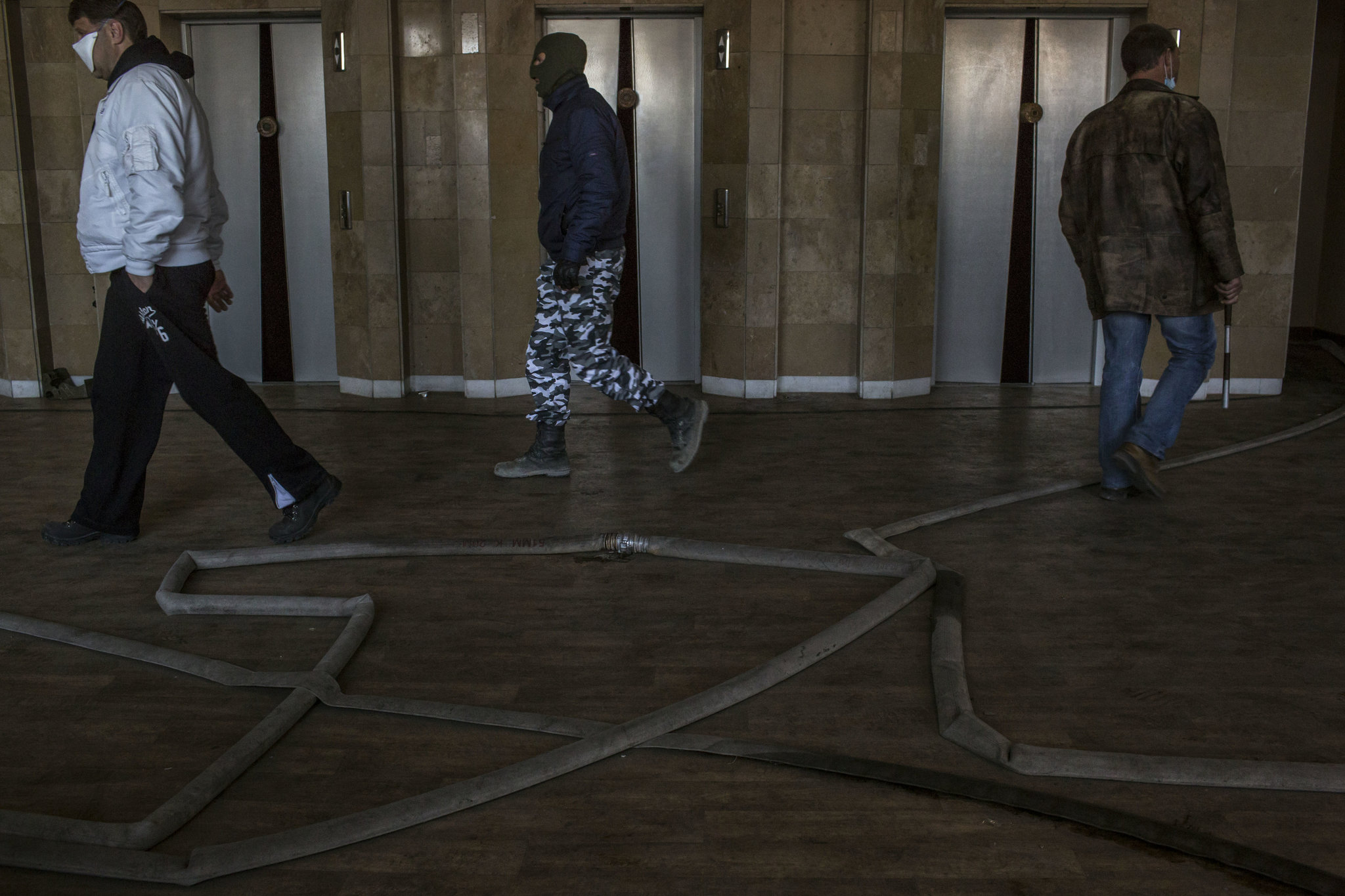Papal Conclaves Explained: The Process Of Selecting A New Pope

Table of Contents
The History and Evolution of Papal Conclaves
The selection of a new Pope hasn't always been the meticulously organized process we see today. The early history of Pope elections was often characterized by chaos, political maneuvering, and even violence.
Early Papal Elections: A Turbulent Beginning
In the early centuries of the Church, the election of a Pope was a far cry from the structured Papal Conclaves we know today. Elections were often tumultuous affairs, influenced heavily by powerful factions within the Roman aristocracy and the Byzantine Empire. Claims, counter-claims, and outright bribery were commonplace, resulting in protracted power struggles and occasionally, multiple claimants to the Papacy.
The Establishment of Formal Procedures: From Chaos to Order
Over time, the need for a more orderly and less contentious process became evident. The gradual establishment of formal procedures aimed to minimize outside interference and ensure a more legitimate election. This evolution involved the creation of specific rules and regulations governing the eligibility of candidates, the voting process, and the overall conduct of the Conclave.
- Key historical changes: The introduction of the "two-thirds majority" voting requirement, the establishment of the Papal Conclave within the Vatican, and the increasing role of the College of Cardinals.
- Significant figures: Numerous Popes and Cardinals played pivotal roles in shaping the Conclave's rules and procedures, contributing to its gradual refinement over the centuries. Researching these figures provides valuable insights into the evolution of the process.
The Role of Cardinals in Papal Conclaves
The heart of the Papal Conclave lies in the College of Cardinals, the group of senior clergymen who hold the responsibility of electing the next Pope.
Cardinal Electors: Guardians of the Papal Succession
Cardinal electors are those Cardinals under the age of 80 who are eligible to vote in a Papal Conclave. They are chosen by the Pope himself and represent a diverse range of backgrounds, theological viewpoints, and geographical origins. Their primary responsibility is to prayerfully discern and elect a worthy successor to the Papacy.
The College of Cardinals: The Body of Electors
The College of Cardinals, as a whole, represents the global Church and plays a crucial advisory role to the Pope. Its structure and function have evolved significantly over time, reflecting the changing needs and demographics of the Catholic Church.
- Number of Cardinal electors: This varies depending on the number of Cardinals under 80 at the time of a vacancy.
- Geographic representation: The College strives for a geographically diverse representation, reflecting the global reach of the Catholic Church.
- Voting process: The voting process itself is a carefully orchestrated sequence of scrutinies, with ballots cast in secret and counted under strict supervision.
The Conclave Process: A Step-by-Step Guide
The Papal Conclave is a meticulously planned and executed process, culminating in the announcement of the new Pope.
Pre-Conclave Preparations: Setting the Stage
Before the Conclave begins, several crucial preparations take place. This includes the confirmation of the death of the previous Pope, the gathering of the Cardinal electors in the Vatican, and the securing of the Conclave's location – typically the Sistine Chapel.
The Seclusion (Conclave): A Time of Deliberation
Once the Conclave begins, the Cardinal electors are secluded within the Sistine Chapel, completely cut off from the outside world. This seclusion is designed to foster focused deliberation and prayer, allowing the electors to focus solely on the task at hand.
The Voting Process: Scrutinies and the Search for Consensus
The voting process involves multiple rounds of scrutinies, each involving the secret casting and counting of ballots. The process continues until a candidate receives the required two-thirds majority vote.
Announcement of the New Pope (Habemus Papam!): A Moment of Global Significance
The moment a new Pope is elected, the announcement "Habemus Papam!" ("We have a Pope!") is made from the balcony of St. Peter's Basilica. This electrifying announcement is then followed by the new Pope's first blessing Urbi et Orbi ("to the city and to the world").
- Detailed explanation of each step: Each step of the process is rich in symbolism and tradition, highlighting the weight and solemnity of the occasion.
- Use of imagery and metaphors: Describing the Conclave using imagery and metaphors will help readers visualize the process more effectively.
- Specific examples from recent Papal Conclaves: Referencing recent Conclaves provides contemporary context and relevance.
Modern Challenges and Adaptations to Papal Conclaves
While the core principles of Papal Conclaves remain unchanged, modern challenges demand ongoing adaptation.
Transparency and Inclusivity: Meeting the Demands of a Changing World
Modern society demands greater transparency and inclusivity. Concerns have been raised about the lack of public participation and the potential for biases within the selection process. Efforts are being made to address these concerns by improving communication and ensuring diverse representation within the College of Cardinals.
Global Representation: Reflecting the Church's Universal Nature
As the Catholic Church continues to grow globally, there's a greater need to ensure that the College of Cardinals accurately reflects the global diversity of the faith. This includes ensuring representation from various cultures, continents, and theological viewpoints.
- Potential reforms: Suggestions for reforms include increasing the number of Cardinal electors, establishing a more transparent voting process, and implementing measures to encourage greater diversity within the College of Cardinals.
- Criticisms of the Conclave process: Addressing valid criticisms is crucial for ensuring ongoing legitimacy and relevance.
- Influence of modern media: The influence of modern media on the Conclave is undeniable; the process now receives global media attention.
Conclusion: Understanding Papal Conclaves – A Key to Understanding the Catholic Church
Understanding Papal Conclaves is key to understanding the inner workings of the Catholic Church. From its chaotic beginnings to its current form, the process reflects the Church's evolution, its challenges, and its enduring faith. The role of Cardinal electors, the complexities of the voting process, and the ongoing adaptations to modern challenges all contribute to a rich and multifaceted narrative. By examining the history, procedure, and ongoing evolution of Papal Conclaves, we gain invaluable insight into the selection of the leader of one of the world's largest and most influential religions.
Learn more about Papal Conclaves by exploring the history of Papal Conclave elections, delving into the Vatican's official website, and researching historical archives. Deepen your understanding of Papal Conclaves and the fascinating world of choosing a Pope.

Featured Posts
-
 Legal Showdown E Bay Banned Chemicals And The Limits Of Section 230
Apr 22, 2025
Legal Showdown E Bay Banned Chemicals And The Limits Of Section 230
Apr 22, 2025 -
 How Chainalysis Acquisition Of Alterya Will Shape The Future Of Blockchain
Apr 22, 2025
How Chainalysis Acquisition Of Alterya Will Shape The Future Of Blockchain
Apr 22, 2025 -
 Russia Intensifies Ukraine Attacks Us Proposes Peace Initiative
Apr 22, 2025
Russia Intensifies Ukraine Attacks Us Proposes Peace Initiative
Apr 22, 2025 -
 Pope Francis A Reflection On His Life And Papacy Following His Death
Apr 22, 2025
Pope Francis A Reflection On His Life And Papacy Following His Death
Apr 22, 2025 -
 Us China Tensions Are We On The Brink Of A New Cold War
Apr 22, 2025
Us China Tensions Are We On The Brink Of A New Cold War
Apr 22, 2025
